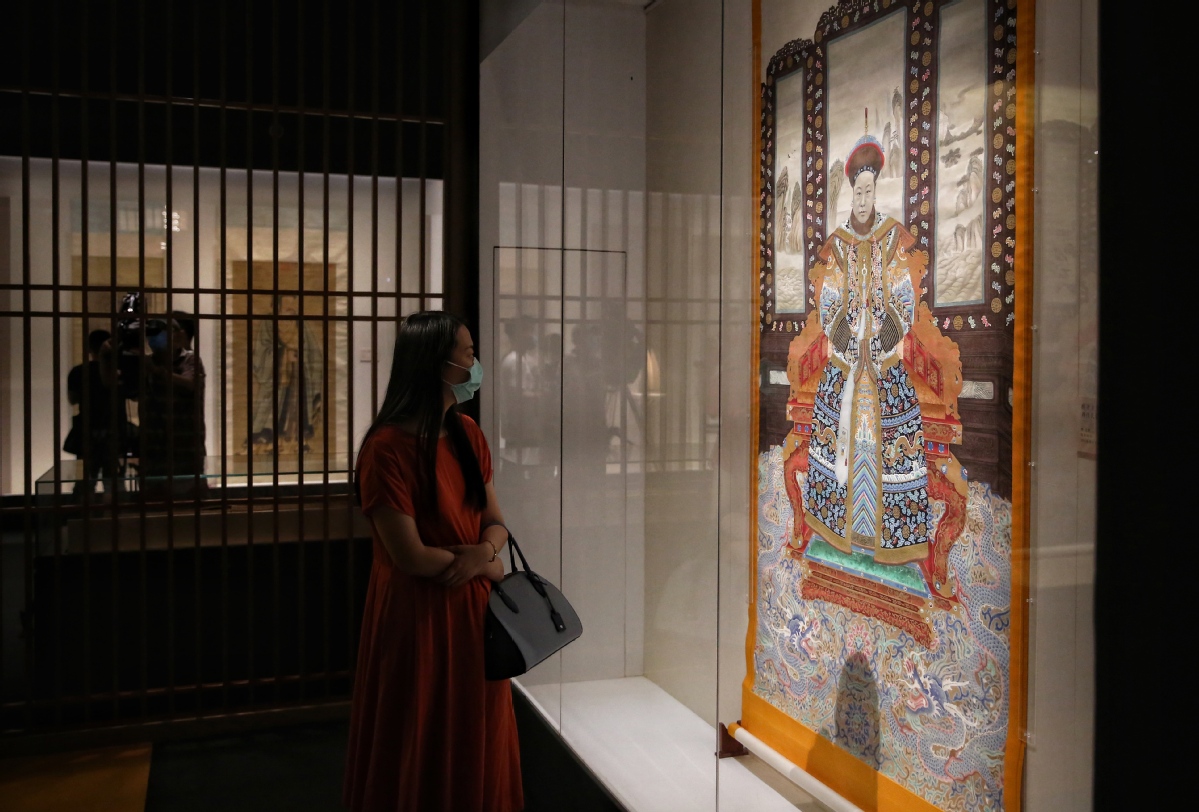 |
|
A female portrait of Qing Dynasty(1644-1911). [Photo by Jiang Dong/China Daily] |
Zhu Wanzhang, an art historian at the National Museum of China, says the disproportional facial features were considered by some people at the time as "distinguished and belonging to someone out of the ordinary, someone who was destined to accomplish great things".
He says the unpleasant portraits could have been made to deify Zhu Yuanzhang, a man from a humble background, and to glorify his establishment of a new dynasty by overthrowing the old one and declaring himself emperor. Therefore, he says, Zhu Yuanzhang was happy with the rumors the alternative portraits encouraged and might have even helped to promote them.
"There is also the possibility that Zhu Yuanzhang, who was known for being paranoid, hired painters to make portraits that did not look like him at all, in order to mislead his enemies and prevent suspected assassination attempts," Zhu Wanzhang says.